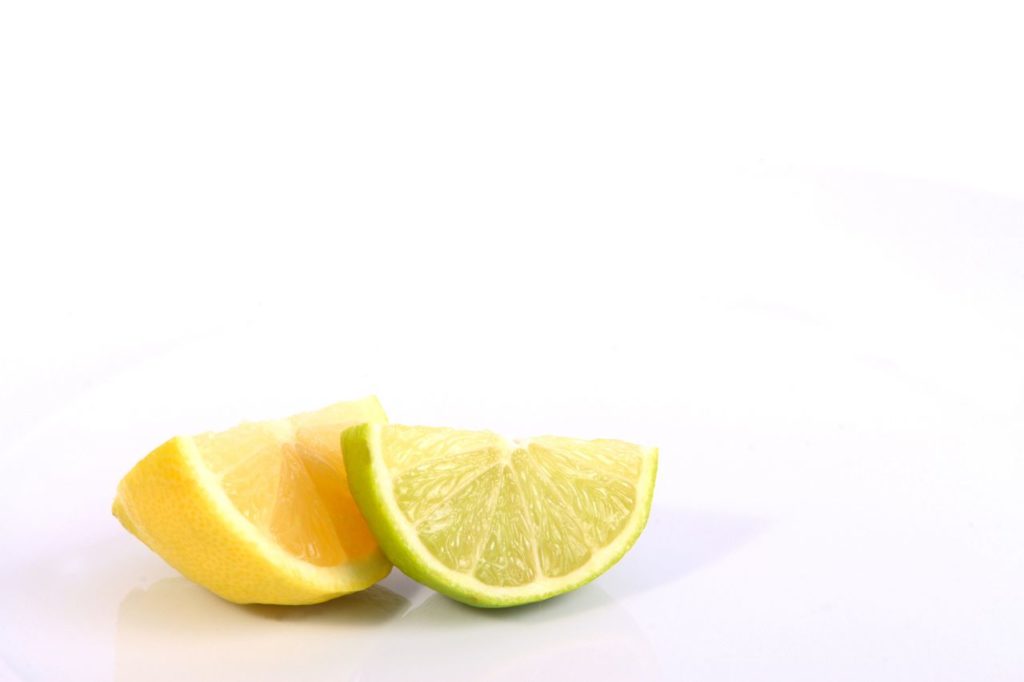
Back in the days of seafaring exploration, sailors got the nickname “limeys†because sailors who ate limes did not get sick. Anyone going on a boat across the ocean was at risk of a mysterious illness which included the following symptoms:
- Bleeding gums & weakened teeth
- Dry, damaged skin
- Easy bruising
- Slow wound healing
- Joint pain & inflammation
- Decreased immunity
- Anemia
- Fatigue
- Headaches
If these symptoms sound familiar, it is because they are also symptoms of Ehlers Danlos Syndrome. The sailors were experiencing scurvy, a vitamin C deficiency, and they cured it by eating citrus fruit (limes) which contain vitamin C. Vitamin C, also known as ascorbic acid, is necessary for collagen synthesis. Humans cannot make vitamin C; we must eat it or take a supplement to get it.
Vitamin deficiencies seem to be prevalent in the EDS patient population. Most experts agree that supplementation of many vitamins and minerals, including vitamin C, are an important part of EDS treatment protocols. While research can’t yet enlighten us as to why we seem to need more of it, we have found that there are genetic mutations which seem to account for reduced serum vitamin C level. Stress can also lower levels. It is certainly interesting that the EDS symptom list is quite similar to the scurvy symptom list.
Until more nutrition and Ehlers Danlos Syndrome research is done, professionals must utilize blood testing, food diaries, and symptom checklists to help patients optimize their health. If you have symptoms of easy bruising, bleeding, and gum issues, talk to your dietitian or physician about vitamin C supplementation*. While one vitamin is not a “cure-allâ€, the more treatment modalities we implement, the higher our chances are of feeling better overall. Â
